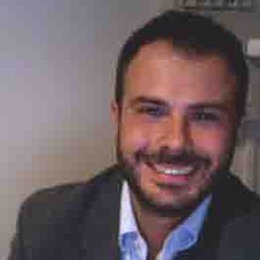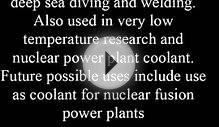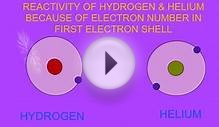
Industrial plants are being increasingly required to improve their production efficiency while respecting government laws that enforce tight limits on product specifications and on pollutant emissions, thus leading to ever more efficient measurement and control policies. In this context, the importance of monitoring a large set of process variables using adequate measuring devices is clear. However, key obstacles to the implementation of large-scale plant monitoring and control policies are posed by both the high cost of on-line measurement devices and the difficulty for operators to keep hundreds of measurements under control.
This need is also strongly felt in the experimental physics community. The huge number of measurements that has to be monitored during an experiment can lead to an ineffective management of the experimental campaigns. Moreover, in this field the interest on monitoring is manifold. In fact, different kinds of signals must be observed and processed for several purposes: safety, experiment conduction, experiment results, etc.
Mathematical models of processes, designed on the basis of experimental data via system identification procedures, can greatly help to reduce the need for measuring devices, monitor sets of significant measurements, and develop tight control policies. Mathematical models, designed with the objectives mentioned above, are known either as virtual sensors, soft sensors, or inferential models.
In this framework, the use of soft computing techniques can help in dealing with the intrinsic uncertainty of real world problem, exploiting efficiently both experimental data and human expertise.
In the proposed lecture, design procedures for virtual sensors based on data-driven approaches are described, and relevant case studies referring to experimental physics are illustrated. The purpose of the lecture is to provide undergraduate and graduate students, researchers, process technologists, and many others with an overview of the main techniques to design software tools for monitoring, modelling, sensor validation and fault detection.

Education
• 1995 ‑ Erasmus Fellowship, IRISA, Institut de Recherche en Informatique et SystËmes AlÈatoires
• 1996 ‑ Laurea cum Laude in Computer Engineering, University of Catania, Italy
• 2000 ‑ Ph.D. Degree in Electronics and Automation Engineering, University of Catania, Italy
Professional History
• 1998 ‑ appointed by EURATOM at JET Joint Undertaking for the development of artificial intelligence techniques for fault detection and sensor validation.
• 1999-2001 ‑ consultant to ST Microelectronics, Catania, Italy
• 1999-2002 – Professor of Robotics, University of Messina, Italy
• 2002-present ‑ Assistant Professor of Automation, Politecnico di Bari, Italy
University Service
• 2006 – Member of the Professor Council in the Information Engineering Ph.D. Program of Politecnico di Bari
Research Interests
• Modelling and control of complex systems
• Dynamical networks
• Monitoring, fault detection and sensor validation for industry and experimental physics laboratories
• Nonlinear dynamics and cellular nonlinear networks
Awards and Patents
• 2001 – Best Paper Award at Fourth International ICSC Symposium on Soft Computing and Intelligent Systems for Industry, Paisley, Scotland, U.K., June 26 – 29, 2001
• 2002 – Award Winning Application at 15th Triennal IFAC World Congress, Barcelona, Spain
• 2002 – US Patent #6, 738, 313 ≥System for detecting distances using chaotic signals≤
• 2002 – US Patent # 6, 842, 745 ≥Programmable chaos generator and process for use thereof≤
Professional Society Service
• IEEE, Nuclear and Plasma Science Society. Chapter Chair, Italy Section
• IEEE, Circuits and System Society. Member of Cellular Neural Networks and Array Computing and Neural Systems and Applications Technical Committees
Review/Advisory Panel
• Review committee member for IEEE and IFAC conferences
• Reviewer for many scientific journals (IEEE Transactions on Circuits and Systems, Part 1; IEEE Transactions on Systems, Man and Cybernetics; Soft Computing, A Fusion of Foundations, Methodologies, and Applications, Springer-Verlag; Control Engineering Practice, Elsevier press)
Research Partners
• Department of Electrics, Electronics and System Engineering of Catania University, Italy
• Mathematics Department of Messina University, Italy
• JET Joint Undertaking, Abingdon, UK
• ENEA-FTU, Frascati, Italy
• National Optics Institute (INO), Firenze, Italy
• International Vulcanology Institute (INGV) of the National Research Council (CNR), Catania, Italy
• National Nuclear Physics Institute (INFN), National South Italy Lab, CNR-Catania, Italy;
• ST Microelectronics (semiconductors), Catania, Italy
YOU MIGHT ALSO LIKE












